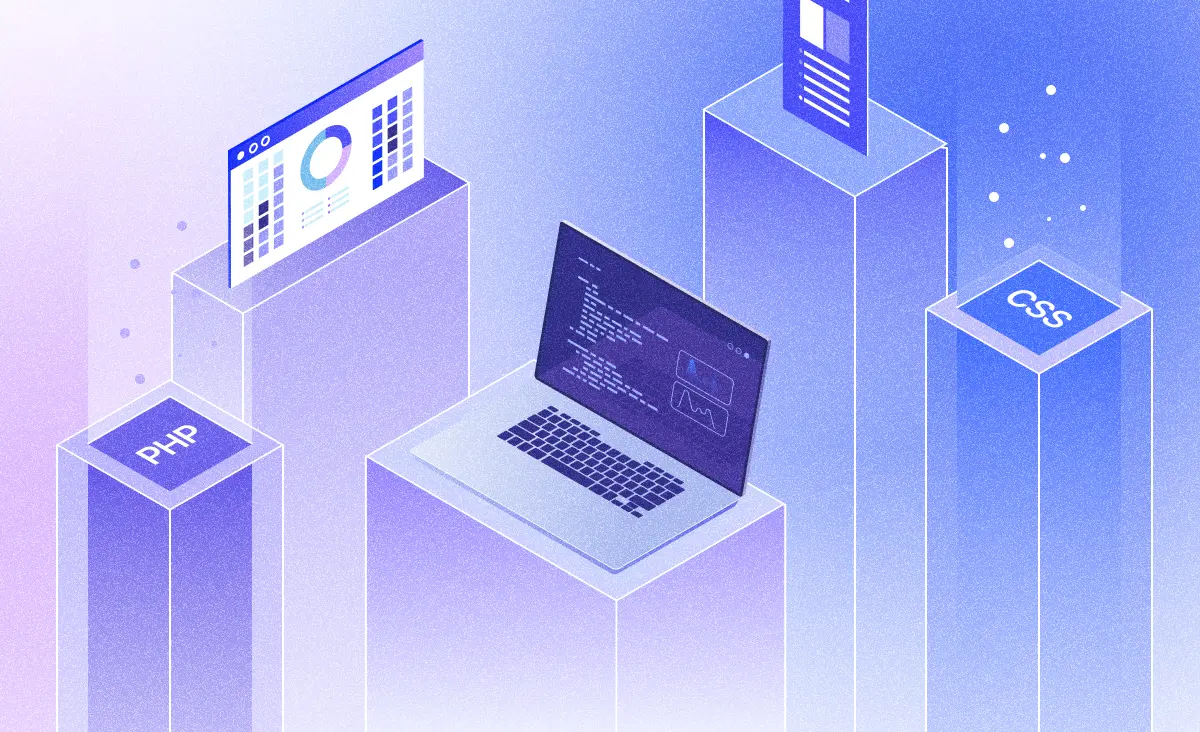Software development is not a luxury, but a necessity for businesses striving for growth and efficiency. With customized solutions tailored to specific business needs, software development can propel your company to new heights. But as advantageous as it can be, understanding its associated costs can often be a complex process.
The question — "how much does software development cost" — is common, yet crucial, looming in the mind of every potential client. This query is often accompanied by a series of sub-questions: What factors contribute to these costs? Can they be managed effectively? This article aims to shed light on these important queries, explaining the many facets of software development cost.
Getting to grips with the intricacies of the expenses related to software development is pivotal for efficient budgeting and strategic planning, translating into a robust and reliable software solution. Whether you’re a start-up ready to invest in your first software application, or an established firm planning to enhance your existing digital solutions, a clear understanding of software development costs can navigate your journey towards successful implementation. So, let’s dive in and unveil the hidden aspects of software development and its costs.
Understanding Software Development
Software development is an intricate process involving a series of steps that transform an idea into a practical, functional, and efficient application. Essentially, it’s the brainstorming, designing, programming, testing, and bug fixing involved in creating and maintaining applications, frameworks, or other software components.
In a business context, this process is the key to digitalization, helping companies automate their processes, increase productivity, meet customer demands, and stay competitive. Whether it’s a mobile app to enhance customer relations, a web-based solution to streamline operations, or an intricate system handling large databases, software development comes to the rescue of many business challenges.
Despite the various business domains, the core aim remains the same — solving problems and driving efficiency with the help of technology. This crucial role of software development expands its essence beyond a mere ’cost-center’, positioning it as a ’value center’, enabling businesses to gain a high return on investment. With the recent advancements in technology such as AI, Machine Learning, and IoT, software development is not just about creating applications but inventing solutions that incorporate future technologies for sustainable growth.
The sprawling branches of software development — from front-end development, backend, full-stack, to mobile, desktop, and more — reflect its diverse nature. Each facet of software development requires unique expertise and thus contributes differently to the overall ’software development cost’. Understanding these distinctive areas and their specific influence on cost is paramount for a business looking to achieve a successful software development project. Now, let’s look at what brings about the variability and range in these costs.
Factors Influencing Software Development Cost
Software development cost isn’t a single straightforward figure; it’s an equation composed of various factors. Each software development project is unique, and so are the factors that influence its cost. Here are some key elements that largely determine the overall expense:
- Complexity and Size of the Application: The more complex an application is, the higher its development cost. Complexity refers to the feature-set, the number of integrations, the amount of automation and customization required, and more. The size of an application also plays a role; a small app with a few screens will cost significantly less than a large-scale enterprise solution.
- Customization and Unique Features: Custom-made features or unique functionalities that differ from standard solutions require more time and expertise to develop, thus escalading the cost further.
- Time and Resources: Software development is a time-intensive process. The longer it takes to develop an application, the higher the cost will be. Likewise, more human resources (developers, designers, project managers) would mean a larger budget.
- Technology Stack: The technologies chosen for developing your software can significantly affect the cost. Some technologies are more expensive than others, either due to licensing costs or the level of expertise required to use them effectively.
- Maintenance and Support Costs: The initial release of any software marks the beginning, not the end, of costs. Ongoing maintenance and support to keep the software running smoothly can often amount to a significant portion of the overall cost.
- Development Team’s Expertise and Location: The geographic location of your development team can have a significant impact on costs, owing to differences in labor costs around the world. Moreover, a team with more experience and expertise may charge higher fees but can also potentially avoid costly mistakes.
Understanding these factors can help you estimate the software development cost more accurately, allowing you to budget and plan better for future projects. Each of these factors carries potential cost savings if managed effectively, underlining the need for a detailed examination.

Ways to Estimate Software Development Cost
Software development cost estimation is a critical step that guides budgeting and planning for your software project. Accurate estimation not only provides fiscal understanding but also helps in setting realistic deadlines and expectations. Here are three commonly employed models to determine software development costs:
- Fixed Price Model: In this model, the costs are defined upfront, and the development team delivers the project within that predetermined budget. The advantage of this model is financial certainty, but it lacks flexibility and may not accommodate changes or additions during the development process.
- Time & Material Model: Contrary to the fixed price model, a time and material model estimates costs based on the actual time and resources spent on the project. This model is more flexible and accommodates changes better, but the total cost can be unpredictable.
- Dedicated Team Model: This model involves hiring a dedicated team of professionals who are paid a consistent fee over a set period. While this provides a high level of control and easy scalability, it can potentially include high costs, especially for longer-term projects.
Each model has its pros and cons and is better suited for certain types of projects. A fixed price model might be ideal for a small project with very clear requirements, while a time & material model could work better for ongoing, large-scale projects with dynamic needs. The dedicated team model might be the best fit for long-term projects requiring constant improvement and adaptation.
Remember, a clear understanding of your project requirements, goals, and potential changes is vital when deciding on the estimation model. Making an informed choice here can lead to more efficient expenditure, improved financial planning, and ultimately, successful software implementation.

Benefits of Planning Your Software Development Budget
Comprehending the cost is an integral part of the investment that businesses make in software development. However, simply knowing the cost isn’t sufficient; effective budget planning plays a vital role in successful software development. Here are some prevalent benefits of diligent budget planning in software development.
- Cost-effectiveness: A well-planned budget can help manage costs better, allowing you to allocate resources efficiently and prevent overspending. It can also accommodate funds for any unforeseen problems or changes, ensuring a healthier financial state of the project.
- Improved Efficiency: With a meticulously structured budget, businesses can determine where to allocate funds, keeping the project on track, improving coordination and productivity, and reducing the development time.
- Better Forecasting: A comprehensive budget helps in predicting future costs, providing a sense of financial direction. Effective forecasting aids in making strategic decisions, enhances negotiation power and strengthens ties with stakeholders.
- Risk Mitigation: A proactive budgeting approach can single out potential financial risk factors, enabling swift action to mitigate these threats. It serves as a financial safety net, managing uncertainties, ensuring project continuity and minimizing financial losses.
- Enhanced decision making: Financial clarity achieved through budgeting facilitates better decision-making — whether it’s choosing the right technology stack, prioritizing features, or selecting the most suitable development team.
- Better ROI: Ultimately, planning your software development budget offers you much-needed transparency and control, ensuring every dollar spent is bringing value, thereby improving the return on investment.
From a financial viewpoint, a software development budget is an excellent tool, but its benefits extend much beyond. It improves project management, encourages team commitment, nurtures stakeholder relations, and most importantly, expands the horizons of your software development project, driving towards success.



